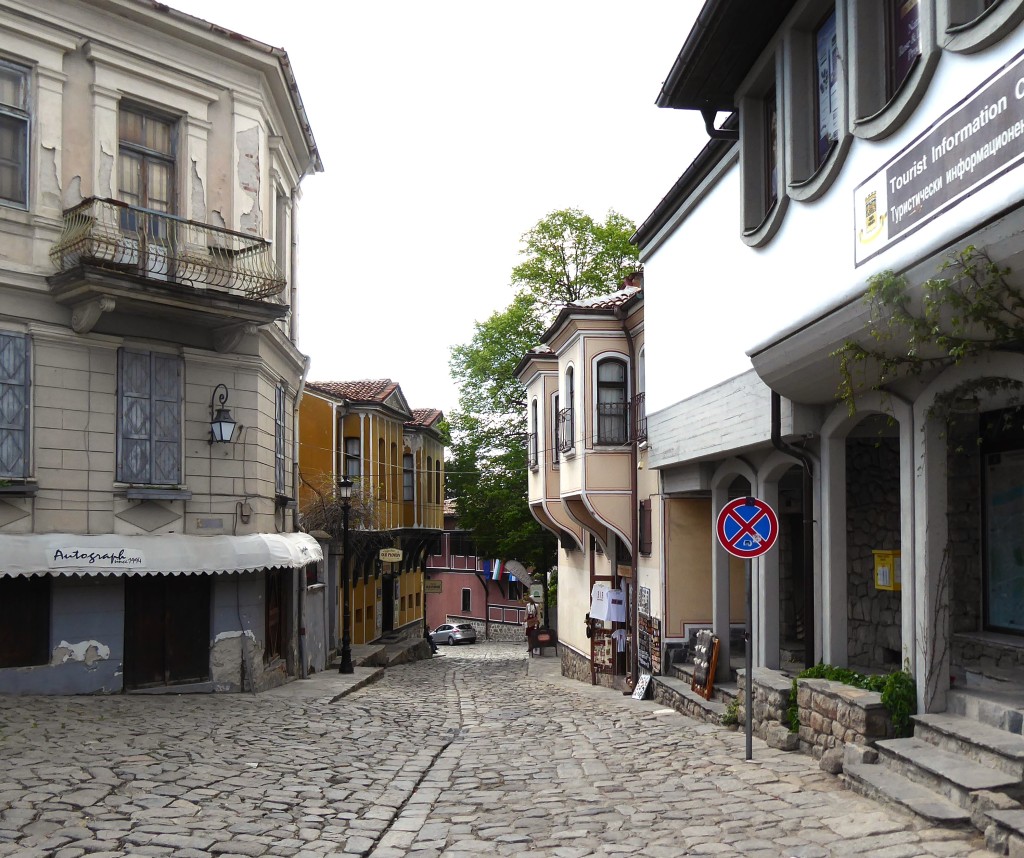

The Old Town is the place to head if you are short of time. The cobbled streets cover three hills and are lined with some beautiful 19th Century buildings many of which have now been renovated and converted into small themed museums. The Old Town is a place to wander, get a bit lost and finally end up at Rahat Tepe for a drinky or lunch.



There are also some ancient remains to be found including The Ancient Roman Theatre which I cover on my page dedicated to Ancient Plovdiv. You may also come across Hisar Kapia Gate which was built in the 11th century and the remains of a tower from the 3rd Century which was part of the fortress wall. The ancient settlement at the top of Nebet Tepe was closed for excavation when we visited.
Churches
Church of SS Konstatin and Elena
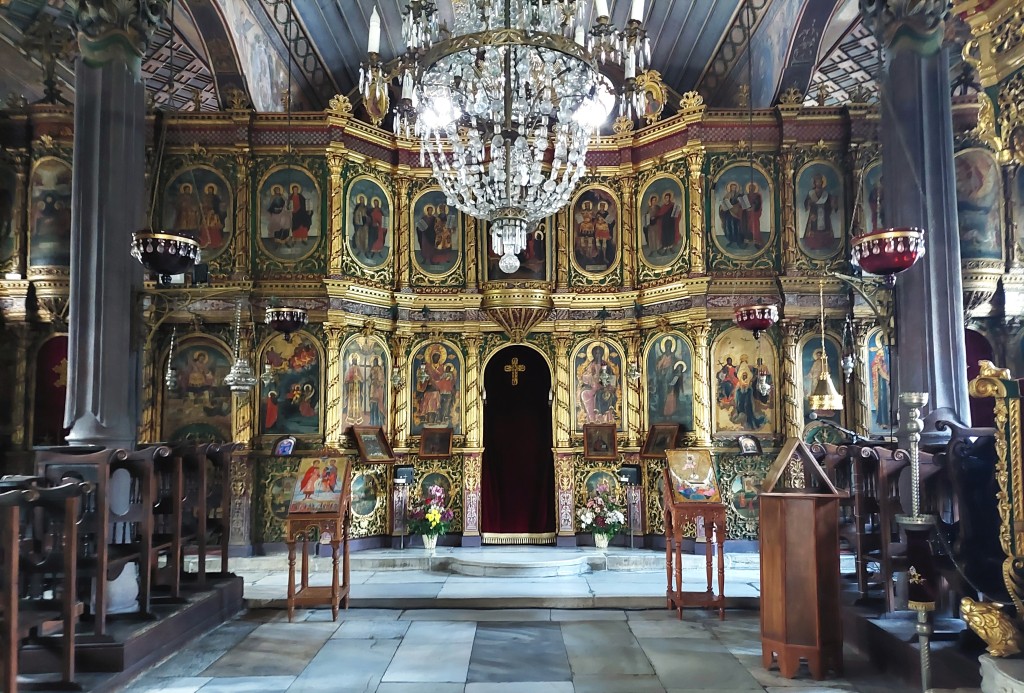


Tucked away behind an impressive wall, this church is one of the oldest in Plovdiv and is on the site where Severin and Memnos were executed for their Christian beliefs. There is a 19th century bell tower in one corner of the yard. There are frescos at at the entrance and inside the church as well as wonderful chandeliers and an ornate iconostasis.
Sveta Bogoroditsa Church [The church of the Holy Mother of God]
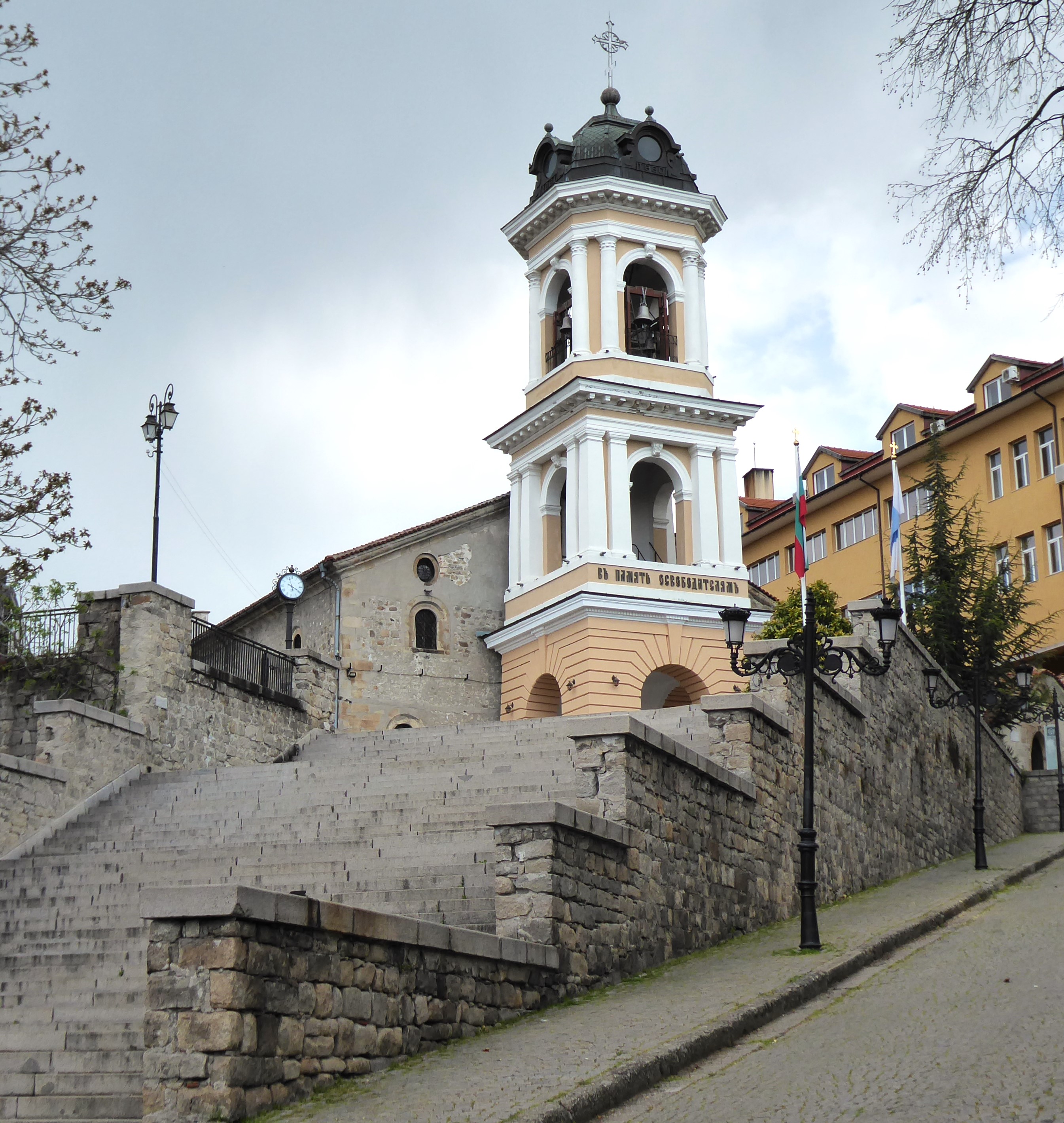

Standing proudly on top of impressive steps, this 19th Century church with adjoining bell tower has beautiful frescos and wooden iconostasis on the inside. The church was the first to hold a service in the Bulgarian language in 1859 and not in Greek.
St Dimiter Church and Chapel
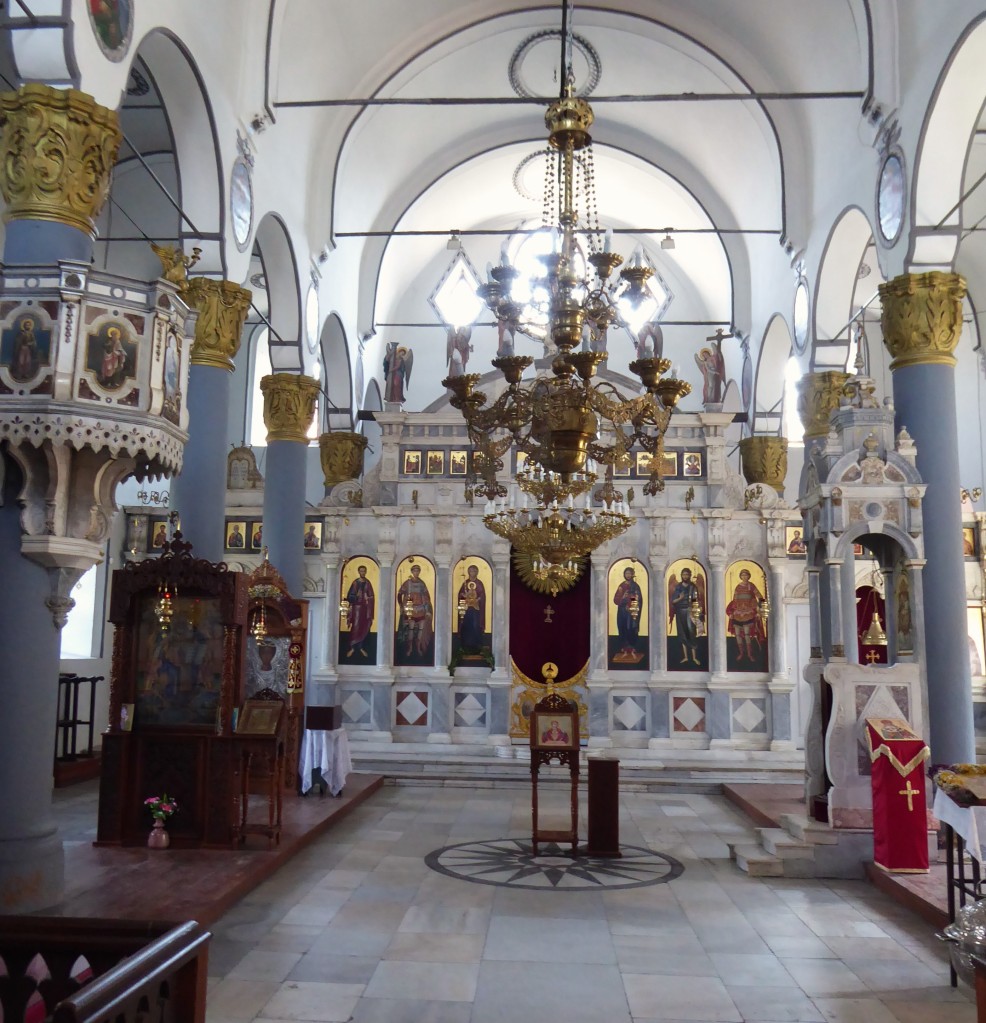
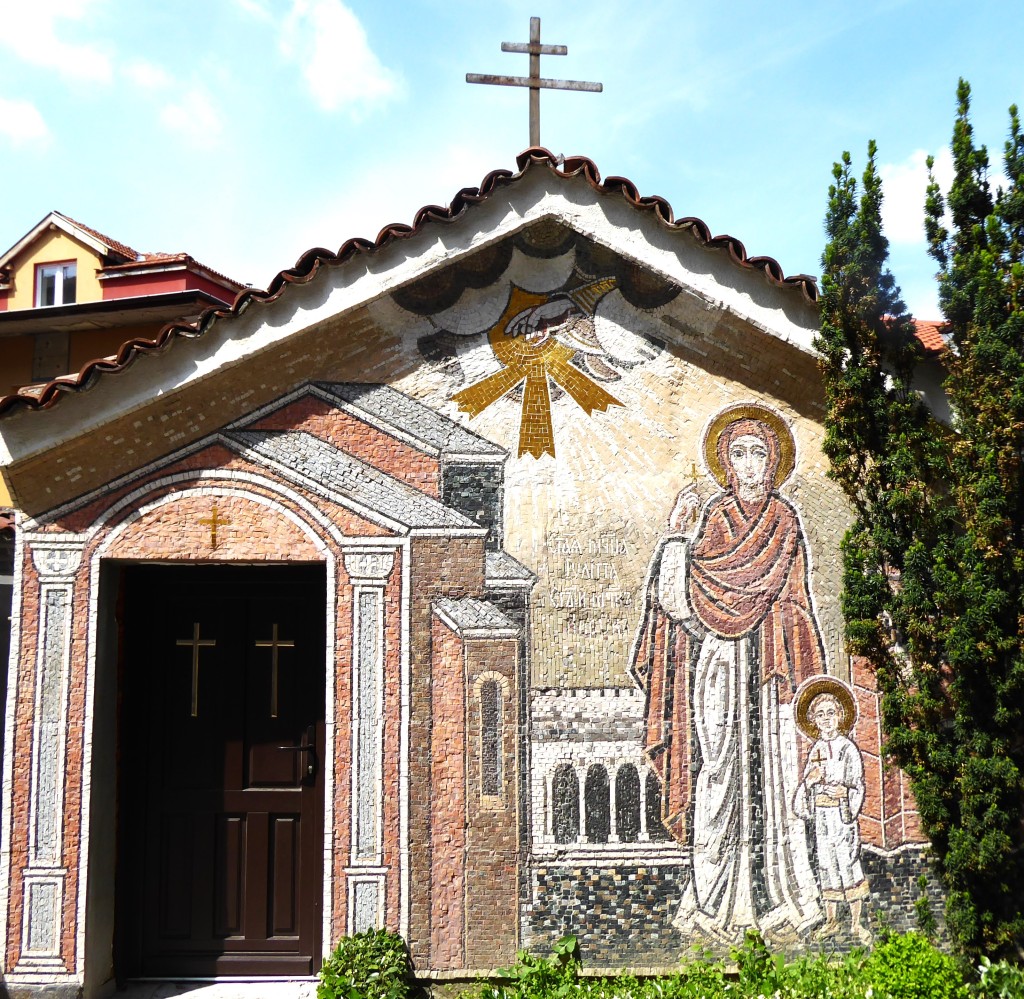
This 19th Century stone church is the highest in Plovdiv and is less ostentatious than the others in Plovdiv. The grey pillars and marble iconostasis are striking and unique. To the side of St Dimiter is a pretty small Chapel called The Holy Spring and dedicated to the martyrs St. Cyricus and Julitta.
Museums and Museum Houses
Dotted around the Old Town are a plethora of museum houses. They all have unique opening times and the information on the leaflets, the internet and even at the entrance may offer contrary information which can be confusing. Some museums offer a free day to visit, so you may be lucky.

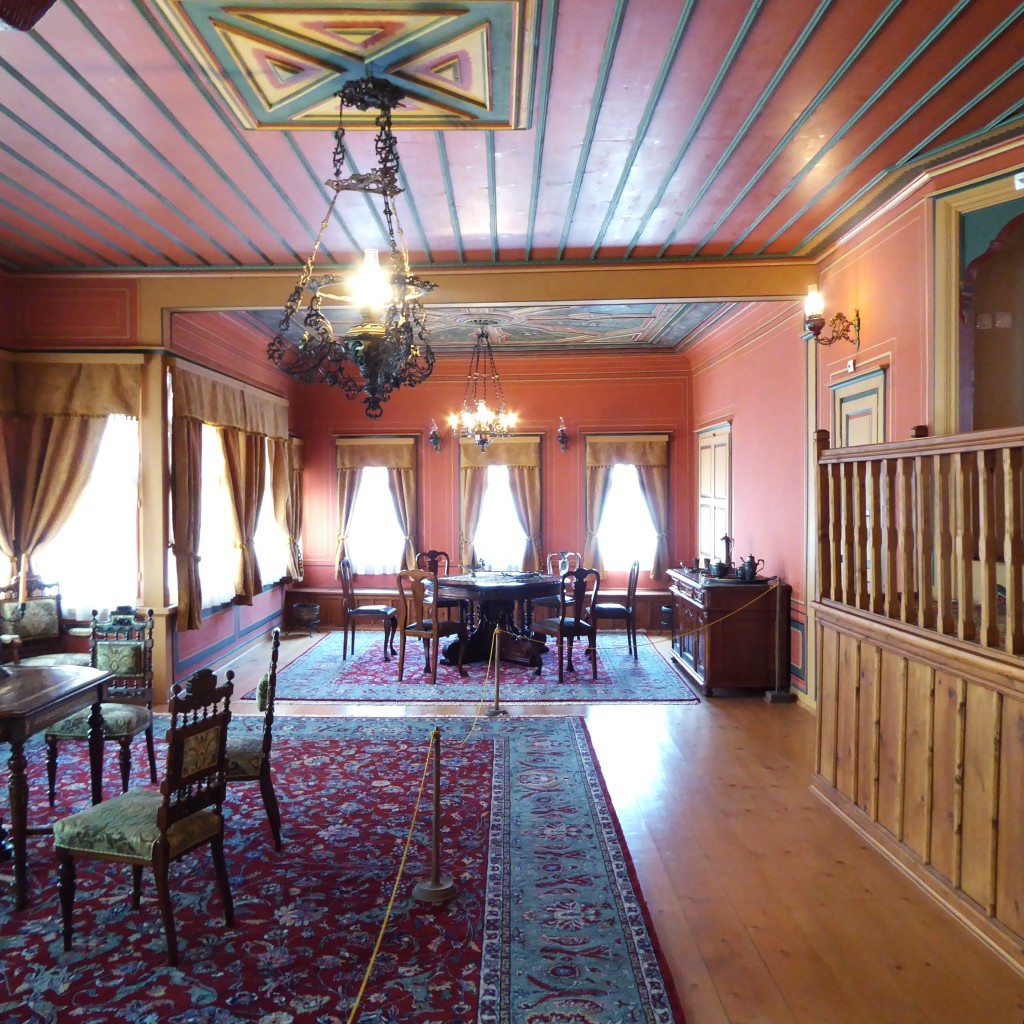

One of the oldest wooden frame buildings in Plovdiv stands out from the others with its deep red exterior. The rooms have been beautifully restored and some of the decorative walls and ceilings are absolutely stunning. The house is named after its orginal owner Gheorgi Klianti who was a prominent wool merchant trader in the 18th century.
Ethnograhic Museum [ Kuyumdzhiogh House]

Possibly the most beautiful house that I have ever seen. Rooms are laid out in the old traditional style of the region and there are well presented displays of traditional crafts and costumes.
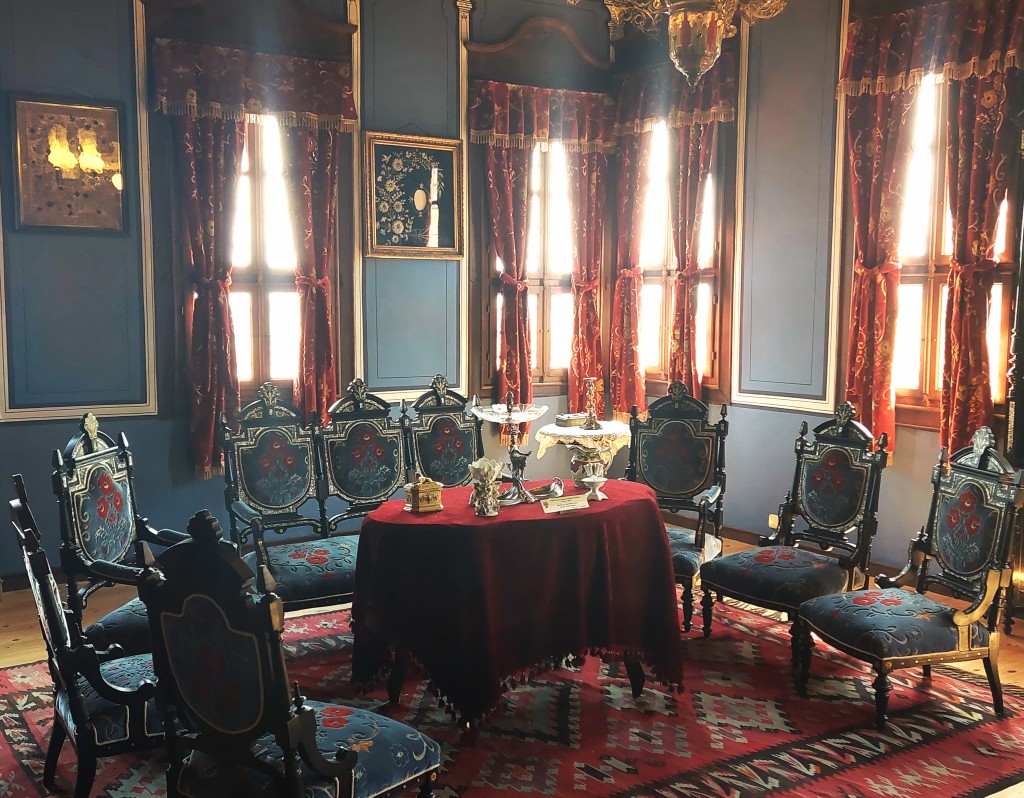

It’s easy to miss this house despite it’s large size as its entrance is up a narrow set of stairs opposite the steps leading to Sveta Bogoroditsa. You can enter from above but this is also easily missed!

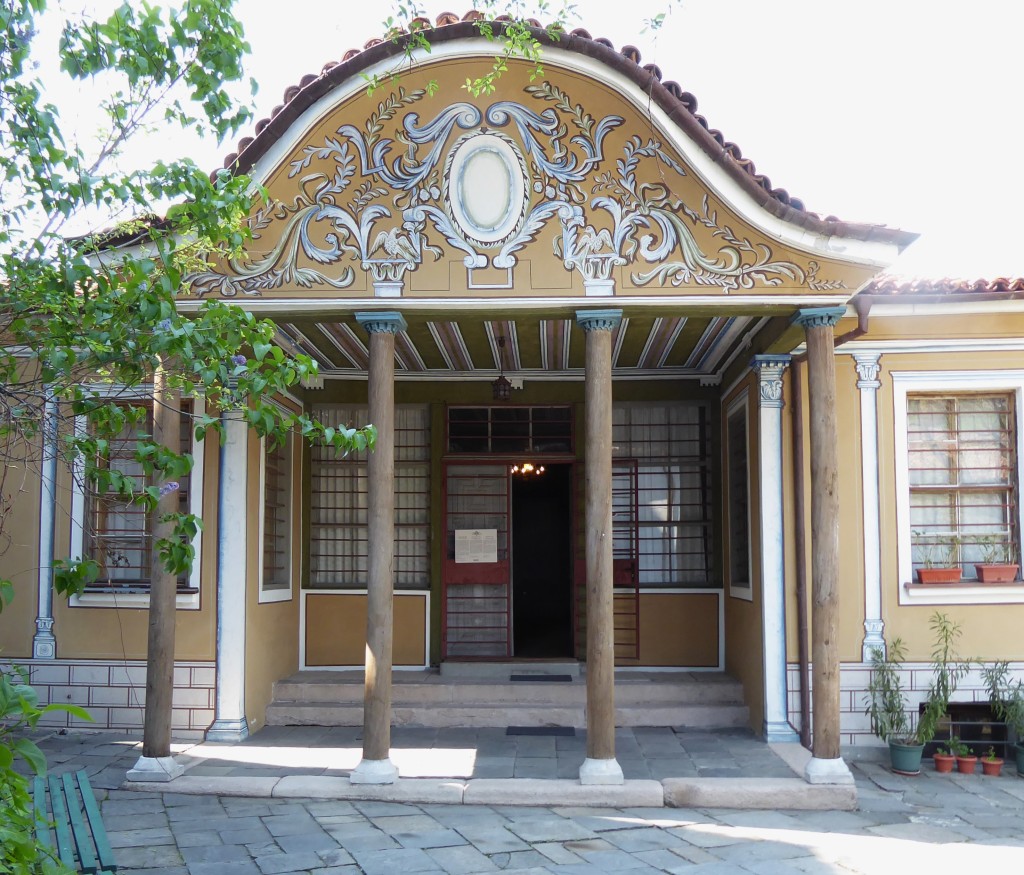
The house used to belong to Hristo Danov who dedicated much of his life to education and promoting the Bulgarian language. He founded Maritsa, the first Bulgarian language daily newspaper in 1878 and published books and opened bookshops. We had a lovely guide who took time to explain the themes of each room and Danov’s passion to educate Bulgarians in the sciences, maths and language.



Pharmacy Museum [Apteka Hipokrat]
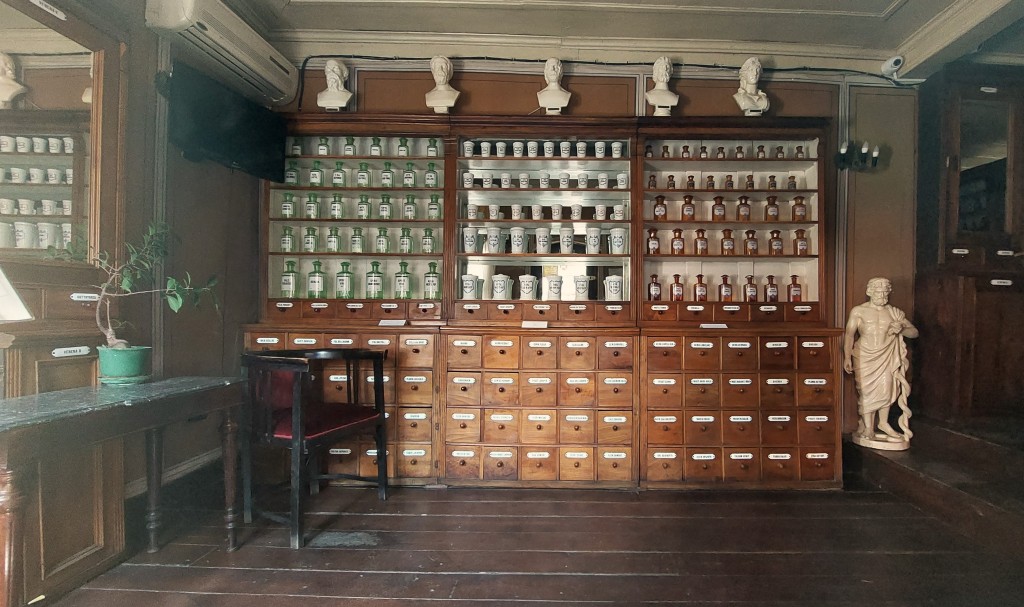
This small museum gives you a lovely insight into how a pharmacy would have been set up in the 19th Century.

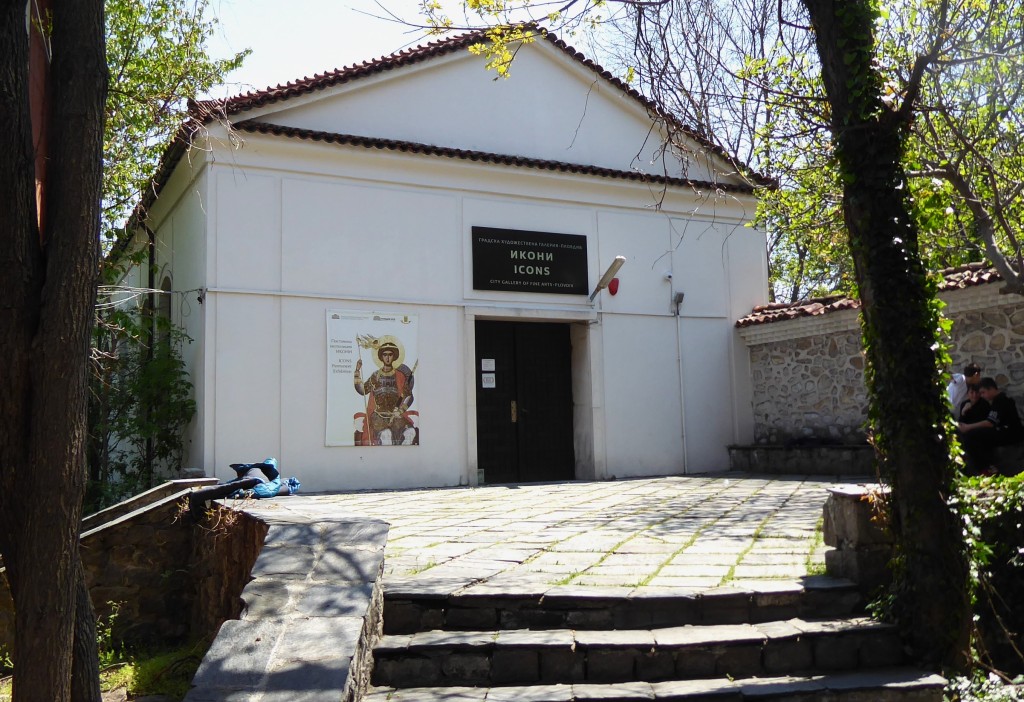

This small museum in a modest building is next to the Church of S Konstatin and Elena and has icons, paintings and frescos on display from the 15th century until the 19th century from Eastern Bulgaria. I liked the paintings of St George slaying the dragon and the slightly scarey looking women with wings on their necks at the tomb from the 19th Century.
Quick Links: